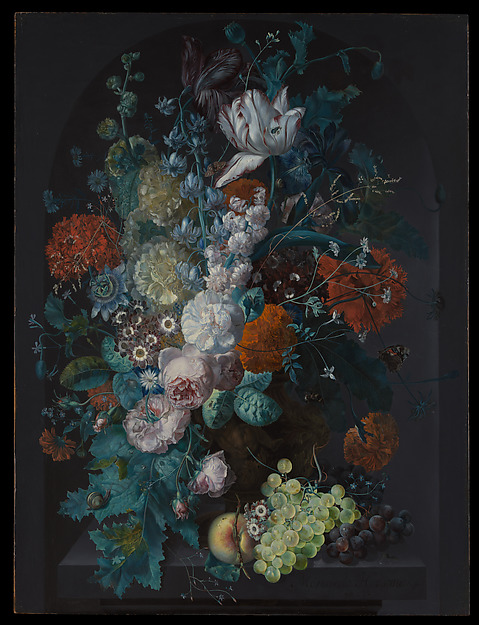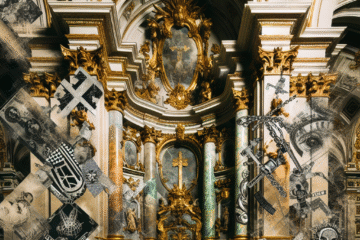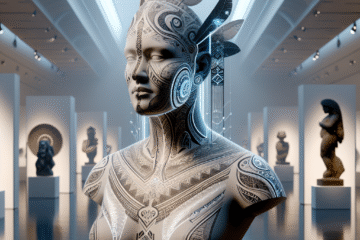
“
Luck is what happens when preparation meets opportunity.
”
— Seneca the Younger
‘Sculpt Me an Algorithm’: 3D Printing Meets Classical Proportion Systems
Introduction: Old Ratios, New Realities
In a luminous convergence of the ancient and the futuristic, contemporary sculptors are turning to 3D printing and Renaissance-era mathematical proportions to redefine humanity’s pursuit of ideal form. Underpinned by new technologies and timeless theories, this digital renaissance invites a fundamental question: What happens when algorithms sculpt beauty, guided by rules laid down by the masters of the past?
Chapter 1: Antiquity’s Blueprint – The Classical Roots of Ideal Form
The earliest concept of ideal proportion in sculpture dates back to Ancient Greece. Philosophers like Pythagoras and later, Polykleitos, attempted to quantify beauty through geometric harmony. Polykleitos’ ‘Canon’ proposed that a sculpture’s perfection lay in precise mathematical ratios, often centered around the human body. These measurements were not merely aesthetic—they embodied ideals of cosmic order and moral virtue. In marble and bronze, this balance was gospel, carrying forward through Roman adaption and artistic inheritance.
Chapter 2: Renaissance Resurgence – Rediscovering Divine Measurements
Centuries later, the Renaissance witnessed a profound revival of classical proportion systems. Artists such as Leonardo da Vinci and Albrecht Dürer researched human anatomy and mathematical ratios with near-scientific rigor. Leonardo’s iconic ‘Vitruvian Man’ exemplifies the cultural symbiosis of art and mathematical science. Inspired by Vitruvius’ treatise on architecture, artists pursued the idea that truth—be it architectural or anatomical—lay in measurable harmony. Through golden ratios and geometric grids, they linked human aesthetics to universal structure.
Chapter 3: Enlightenment to Modernism – The Fragmentation of Form
The Enlightenment’s scientific advancements and the Romantic rebellion against rigid systems caused artists to increasingly question universal ideals. Meanwhile, photography and later, abstract art, cast doubt on the classical canon. Sculpture explored distortion, fragmentation, and emotional evocation over symmetry. Artists like Rodin and Brâncuși redefined the figure—sometimes by subtracting from it—while modernist trends celebrated individuality over collective ideals. Proportion faded from scientific necessity into stylistic choice.
Chapter 4: Enter the Algorithm – 3D Printing and Digital Modeling
Fast-forward to the 21st century: artists now operate with tools that Renaissance masters could scarcely imagine. Today’s digital sculptors use software like Rhino, Blender, and ZBrush to construct forms in virtual space, then render these volumes via 3D printers. Yet intriguingly, many return to Renaissance proportion theories for guidance. Algorithms, based on golden ratios or Fibonacci sequences, now automate what Leonardo once measured by hand. This fusion allows for digital models embedded with classical DNA—precision becomes programmable, and perfection, replicable.
Chapter 5: Post-Human Beauty – Philosophical Implications and Future Forms
In this brave new art world, the intersection of computation and classical ideals prompts philosophical reflection. As AI and procedural generation dictate increasingly autonomous aesthetics, artists and theorists ask: Are we outsourcing taste to machines, or training them in the language of beauty? Technological sculpture becomes a mirror—reflecting humanity’s ongoing dialogue with perfection, symmetry, and our evolving notions of self. Whether it’s an algorithm sculpting ideal human forms, or artists reinterpreting antiquity through digital languages, the fusion of past and future marks a new chapter in our aesthetic journey.
Conclusion: Eternity in Code
‘Sculpt me an algorithm’ is more than a quip—it’s a declaration of a new world where silicone and silicon co-author our visual culture. As sculptors revive sacred proportions using cutting-edge tools, they breathe contemporary life into timeless questions. What is beauty? Who decides? And now, in this digital agora, can a machine know harmony?

Image description:
Amsterdam – Rembrandtplein – Nightwatch 3D
License:
CC BY-SA 4.0
Source:
Wikimedia Commons
Useful links:


